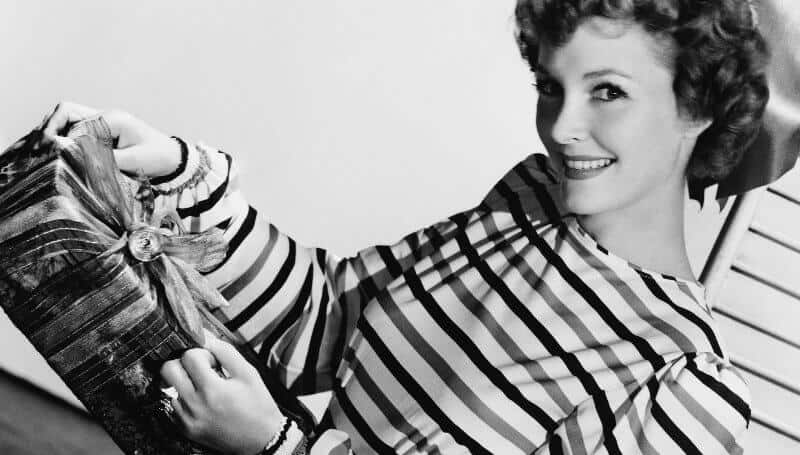Britain was at war and supplies were becoming scarce. The ships of the Merchant Navy were under attack from German U-Boats at sea and rationing was introduced on 8th January 1940. At first it was just bacon, butter and sugar that were rationed but by 1942 many other foods, including meat, milk, cheese, eggs and cooking fat were also ‘on the ration’. Those with gardens were encouraged to ‘grow their own’ and many families also kept chickens. Some kept pigs or joined ‘pig clubs’ where a number of people would club together and rear pigs, often on a smallholding. On slaughter, half the pigs had to be sold to the Government to help with rationing.

Added to the privations associated with rationing were the constant worries for those loved ones serving in the armed forces, away from home at the time of year when many families would gather together to celebrate. Children may have also been evacuated away from home and many people would be spending Christmas in air raid shelters rather than in their own homes.
Today it is hard to imagine, with the conspicuous consumption and commercialisation of a modern Christmas, how families coped during World War Two. However despite all these challenges, many families managed to put together a very successful festive celebration.
Although the blackout meant there were no Christmas lights in the streets, homes were still enthusiastically decorated for the festive season. Cut-up strips of old newspaper made very effective paper chains, holly and other garden greenery adored the pictures on the walls, and pre-war decorations and glass baubles decorated make-do Christmas trees. The Ministry of Food had tips for making these simple decorations even more festive:
Presents were often homemade and as wrapping paper was scarce, gifts were wrapped in brown paper, newspaper or even small pieces of cloth. Scarves, hats and gloves might be hand knitted using wool unravelled from old jumpers that had been outgrown by members of the household. War bonds were bought and given as gifts, thereby also helping the war effort. Homemade chutneys and jams made welcome presents. Practical gifts were also popular, particularly those associated with gardening, for example homemade wooden dibbers for planting. Apparently the most popular Christmas present in 1940 was soap!

With rationing, Christmas dinner became a triumph of ingenuity. Ingredients were hoarded weeks and even months in advance. Tea and sugar rations were increased at Christmas which helped families to create a festive meal. Turkey was not on the menu in the war years; if you were lucky you might have goose, lamb or pork. A rabbit or maybe a home-raised chicken was also a popular alternative for the main meal, accompanied by plenty of home-grown vegetables. As dried fruit became more difficult to come by, the Christmas pudding and Christmas cake would be bulked out with breadcrumbs and even grated carrot. As the war progressed, much of the Christmas fare became ‘mock’ ; for example ‘mock’ goose ( a form of potato casserole) and ‘mock’ cream.

Entertainment in the home was provided by the wireless and of course, family and friends. Sing-a-longs and party pieces, card games such as Pontoon, and board games such as Ludo were very popular when friends and family got together over the Christmas period. Some of the most popular Christmas songs date from the war years: ‘White Christmas’ and ‘I’ll be Home for Christmas’ for example.
However the Christmas break was, for some, cut short. During the war years some shop and factory workers, vital for the war effort, were back at work on Boxing Day even though 26th December had been a public holiday in Britain since 1871.
Looking back with modern eyes at these frugal, ‘make-do-and-mend’ war years, it is easy to feel sorry for those spending Christmas on the ration. However if you ask those who lived through the war, many will say that they look back fondly on their childhood Christmases. The simpler wartime Christmas was for many, a return to simple joys; the company of family and friends, and the giving and receiving of gifts made with care by loved ones.
Published: 9th December 2021







